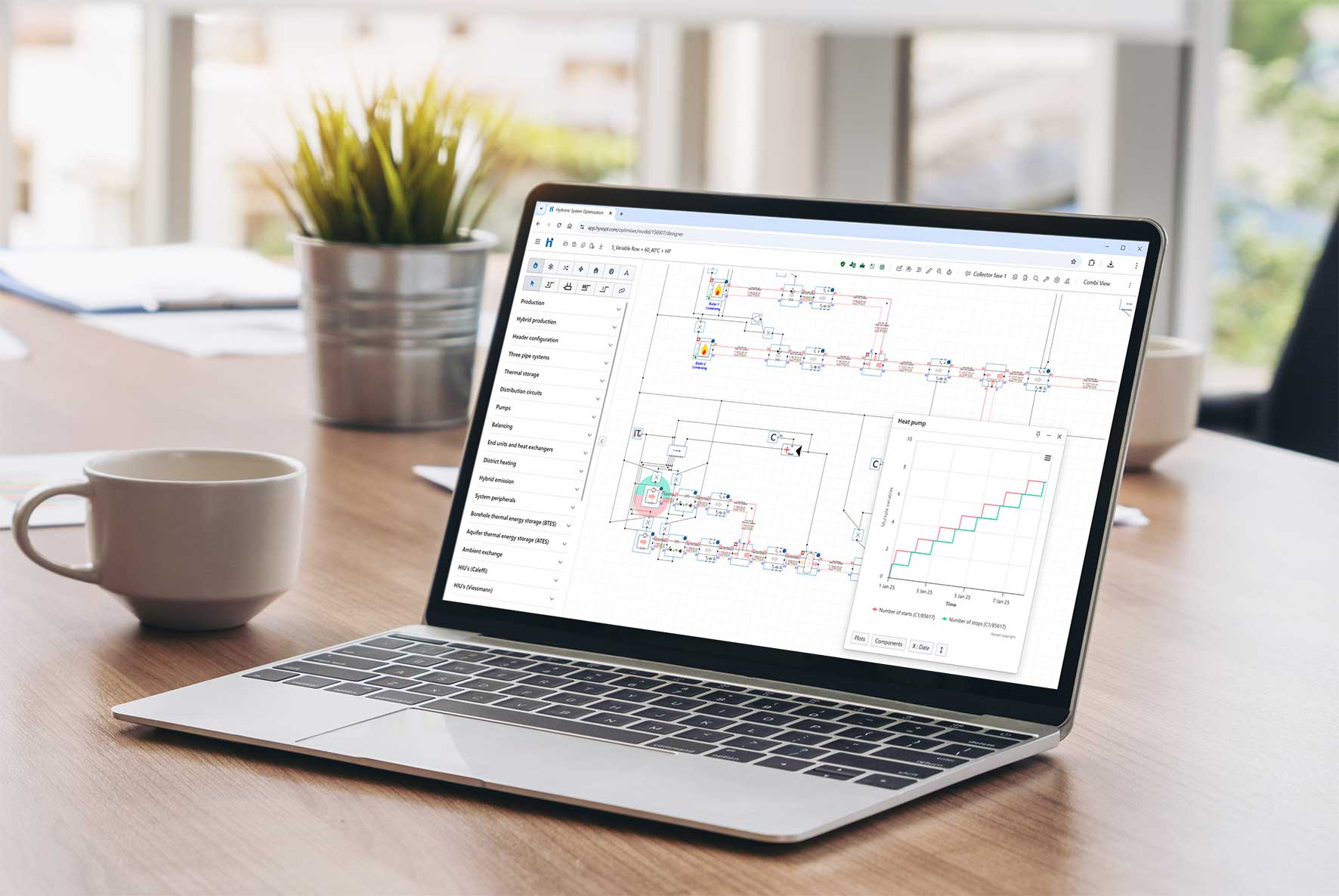Moving From Assumptions to Evidence
For decades, HVAC engineering relied on expert judgement, rules of thumb, and manual calculations. That foundation isn’t disappearing — but the demands placed on modern systems have outgrown intuition alone. Low-temperature heating, hybrid energy systems, heat pumps, variable flow networks, and strict carbon targets require accuracy that spreadsheet-based design simply cannot achieve.
Quantifiable engineering is becoming the new standard. Instead of predicting behaviour based on assumptions, engineers can now simulate full-year operation, validate performance dynamically, and defend their decisions with real evidence rather than estimates. This shift marks the beginning of a more transparent, predictable, and reliable way of designing HVAC systems.
Why Quantifiable Design Outperforms Traditional Methods
Manual methods are excellent for early-stage thinking, but they can’t capture how interconnected components behave over time. Small inaccuracies can turn into system-wide challenges: insufficient ΔT, oversized equipment, pump inefficiencies, or instability under part-load conditions.
Quantifiable tools eliminate these blind spots by showing how the entire system behaves under realistic scenarios. They make it possible to:
- simulate temperature, flow, and load variations over an entire year
- test different system configurations in minutes
- identify bottlenecks, imbalances, and inefficiencies early
- validate operating temperatures and pump performance precisely
With numbers instead of assumptions, design discussions become clearer, faster, and more defensible.
See how quantifiable design improves HVAC decision-making ›
Design Decisions That Stand Up to Scrutiny
In an industry where every choice must meet performance, comfort, and sustainability criteria, data-backed engineering is becoming essential. When every decision can be traced, visualised, and verified, stakeholders gain clarity — and engineers gain authority.
Quantifiable insights help justify decisions such as:
- why a specific configuration is more efficient
- how a heat pump performs across seasonal temperatures
- whether a network is hydraulically balanced
- how ΔT behaviour evolves under varying loads
- what impact design choices have on CO₂ emissions
Instead of debating theoretical outcomes, teams can review validated performance together. That’s how dissent becomes alignment and doubt becomes confidence.
A More Predictable Future for HVAC Projects
Quantifiable engineering isn’t just about improving design quality — it fundamentally changes project outcomes. When performance is validated early, installation risks drop, commissioning becomes smoother, and operational results become more predictable.
Engineering teams that embrace this future benefit from:
- fewer redesigns
- faster approvals
- stronger stakeholder trust
- better-performing final installations
- improved sustainability and compliance outcomes
Quantifiable methods create a clearer path from concept to operation, reducing friction every step of the way.
Where HVAC Engineering Is Headed Next
As buildings become more complex and sustainability targets intensify, the ability to quantify system performance is no longer optional — it’s transformational. Over the coming years, system-level modelling, automated validation, and evidence-driven design will become the universal standard.
The future belongs to engineers who can prove, not just propose.
Explore how quantifiable engineering strengthens HVAC design outcomes ›
FAQ: Quantifiable Design in HVAC Engineering




